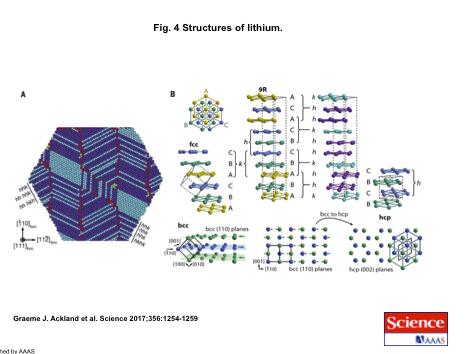Invited
Speaker: Prof. G.J. Ackland
Introduction:
Prof.
G.J. Ackland is an expert on computer simulations. He is the director of the
Institute for Condensed Matter and Complex Systems at University of Edinburgh
(UOE). He is also the Fellow of the Royal Society of Edinburgh (FRSE) and the
Fellow of the Institute of Physics (FInst). Prof. Ackland is one of the
earliest contributors of CASTEP and MOLDY software packages. Prof. G.J. Ackland
got his Ph.D. at University of Oxford in 1987. Before joining UOE, he has held
post-doctoral positions at University of
Pennsylvania. His current research interests are focused on High pressure
physics, Radiation Damage, as well as Phase transitions. He has published over
150 papers in Science, Nature Materials, PNAS, Phys. Rev. Lett and other
international journals that received 10,000+ citations (h-index 50).
【Lecture Title】The martensitic transformation from body-centred cubic to close packed:
confusion, theory and applications
Time: 9:30-11:30 am, Aug. 28th, 2017
Location: New MSE Building, No.
01 Meeting Room
Abstract:

There
are an infinite number of possible close-packed crystal structures. Many materials transform on cooling from bcc
to some close packed structure via a martensitic mechanism, which leads to a
complicated microstructure of laths and twins.
In
lithium it was believed for 50 years that the low-T ground state is a
complicated stacking called 9R. This
year we disproved it, and showed that the actual state is fcc. I will describe why we suspected a problem,
how we attacked it via theory and experiment, and the amount of evidence we
assembled to convince people we were correct.
In
titanium the transformation goes from bcc to hcp, yet neither of these phases
are easy to machine, so titanium parts are limited to tubes, wires, panels
etc. Much effort has gone into designing
tools to cut titanium, we take the opposite approach, designing the alloy
itself to be machinable and making the world's first titanium trombone.
The
theme throughout the talk will be how to use appropriate experiments and
calculations to solve a particular problem. I will discuss simulations using quantum mechanical and classical
molecular dynamics methods, and experiments including electron microscopes,
cutting machines and synchrotrons.
Welcome to attend the lecture!


